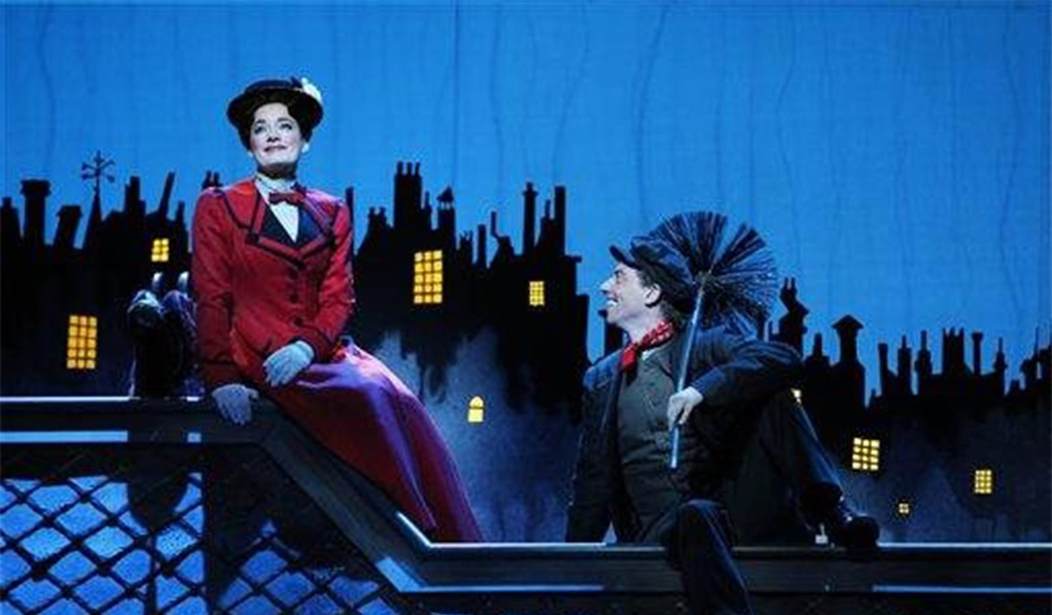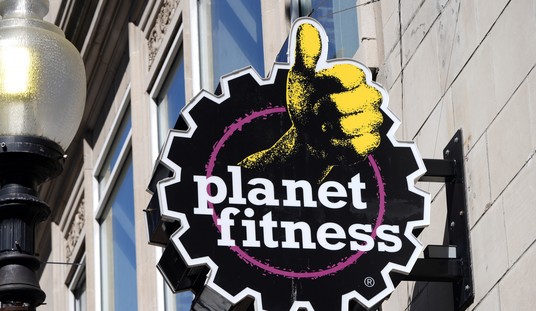When you embrace critical theory, every windmill starts to look like a monster that needs to be slain. You see the world through a nasty lens that makes you abjectly miserable and addicted to said misery.
And what loves company more than misery?
It’s part of the reason SJWs have little to no trouble attacking things we love and pointing out how they’re evil. Did you love that video game? It actually promotes a false sense of masculinity. Did you like that show? It actually demeans women and supports damaging stereotypes of the poor. Do you think this person is good? He’s liderully Hitler and you’re neo-Nazi for being a fan of his.
Did you like Marry Poppins? Actually, that movie is racist according to the New York Times.
A piece penned by Daniel Pollack-Pelzner for the Times called “Mary Poppins and a Nanny’s Shameful Flirting with Black Face” claims that the beloved film from all our childhoods is actually bound to the sin of blackface.
How? You may ask?
Pollack-Pelzner refers to the moment in the movie where Poppins and the kids follow Bert onto the rooftops and become dirty with soot. Being the seriously whimsical person she is, Poppins takes out a mirror and powders her face with more soot before their jolly -olliday on the rooftops of London, leading up to the famous “Step In Time” music and dance number.
To back up his point, Pollack Pelzner references the original scene from the book itself written by P. L. Travers where one of the characters refers to the soot covered chimney sweeps as a “hottentot”:
This might seem like an innocuous comic scene if Travers’s novels didn’t associate chimney sweeps’ blackened faces with racial caricature. “Don’t touch me, you black heathen,” a housemaid screams in “Mary Poppins Opens the Door” (1943), as a sweep reaches out his darkened hand. When he tries to approach the cook, she threatens to quit: “If that Hottentot goes into the chimney, I shall go out the door,” she says, using an archaic slur for black South Africans that recurs on page and screen.
“Hottentot” is definitely a word with origins in racism, as it’s a derogatory term referencing the Khoikhoi people of South Africa used back in the 17th century. Perhaps Travers was a racist, or perhaps just a product of her time and was fond of using the slang she heard around her. The term “hottentot” eventually became a way of calling one’s behavior brutish or beastly.
But Pollack-Pelzner faces a problem here.
This word doesn’t appear anywhere in the movie. The move by Poppins to further cover her face in soot was supposed to be a funny moment where she embraced the fact that her immaculate appearance is now ruined. It was a “when in Rome” moment. This wasn’t a “shameful flirtation” with racism as Pollack-Pelzner describes.
Many people have never read the books and probably never will, but they have seen Mary Poppins and have fond memories of watching as a child. I know I do. The film brings a sense of warmth.
That’s apparently not allowed now. If anything so much as stands a little too close to something racist, then it must be spat on, including a beloved film that has no racism in it at all.
And this from the New York Times who recently released a sympathetic article about the racist hate group the Black Hebrew Israelites.













Join the conversation as a VIP Member